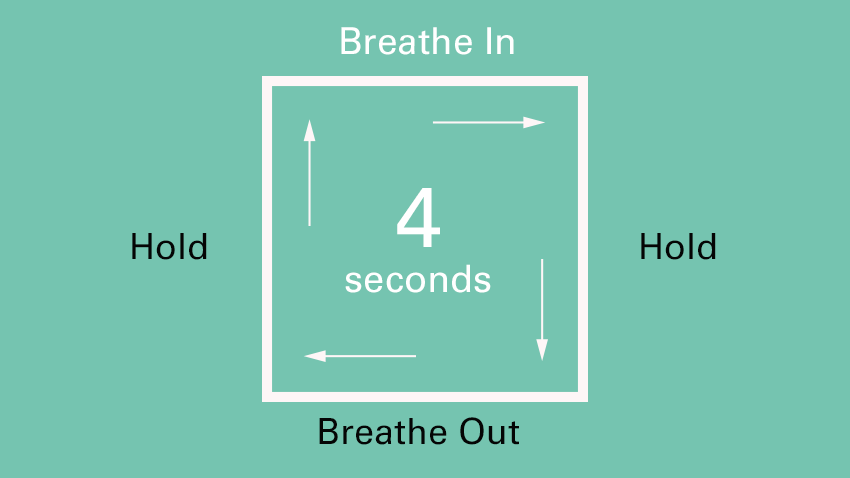Introduction
Anger is one of the most misunderstood human emotions. We’re often taught that it’s dangerous or shameful, yet pretending it doesn’t exist can backfire. On the other hand, the idea that “venting” it is always healthy isn’t supported by science either. Let’s unpack common myths about anger — and explore what research says about expressing it in healthy ways.
Read More– Emotional Management
Myth 1: “Letting Anger Out Reduces It”
A popular idea is that venting it— yelling, punching pillows, or ranting — helps “blow off steam.” But decades of research shows the opposite: expressing anger aggressively tends to increase it and aggression rather than decrease them (Bushman, 2002). Venting reinforces aggressive pathways in the brain and makes angry reactions more likely.

Myth 2: “Anger Itself Is Bad”
Anger is a normal, universal emotion — and not inherently negative. It signals perceived injustice or threat and can motivate constructive change (Averill, 1982). Suppressing it completely, however, is linked to higher risks of depression, anxiety, and physical illness (Chapman et al., 2013).
Myth 3: “Nice People Don’t Get Angry”
Many people equate anger with moral failure or rudeness, believing emotionally healthy people don’t feel it. But research shows even the most compassionate people experience it — they simply manage it better (Gross, 2002). Suppressing anger out of fear of conflict can strain relationships and contribute to health problems.
Healthy Ways to Express It
- Label the Feeling Calmly- Simply naming the emotion (“I’m frustrated because…”) helps engage the brain’s reasoning areas, reducing intensity (Lieberman et al., 2007).
- Use “I” Statements- Focus on your feelings rather than blaming: “I felt hurt when…” instead of “You always…” This promotes understanding and reduces defensiveness.
- Take a Break- Pausing when you feel it rising gives time for your body’s stress hormones to subside, making calm discussion more possible (Deffenbacher et al., 1996).
- Relaxation Techniques- Deep breathing or grounding exercises help reduce the physiological arousal that fuels it.
- Problem-Solving- When it stems from recurring frustrations, focus on finding specific, practical solutions rather than ruminating.

Harmful Ways to Express It
- Aggressive Outbursts- Shouting, insults, or physical aggression escalate conflicts, damage relationships, and can model destructive behavior.
- Passive Aggression- Sarcasm, silent treatment, or subtle sabotage may feel safer but undermine trust and prolong resentment.
- Chronic Suppression- Bottling up repeatedly can lead to chronic stress, high blood pressure, and increased risk of heart disease.
Conclusion
It is not your enemy it’s a signal. But how you express it makes all the difference. Avoid the myth of cathartic aggression and instead aim for calm communication and practical coping strategies. By understanding it, we can turn it into a tool for positive change rather than a source of harm.
References
Averill, J. R. (1982). Anger and Aggression: An Essay on Emotion. Springer.
Bushman, B. J. (2002). Does venting anger feed or extinguish the flame? Personality and Social Psychology Bulletin, 28(6), 724–731.
Chapman, B. P., et al. (2013). Emotion suppression and mortality risk. Journal of Psychosomatic Research, 75(4), 381–385.
Deffenbacher, J. L., et al. (1996). The expression of anger and its consequences. Behaviour Research and Therapy, 34(7), 575–590.
Gross, J. J. (2002). Emotion regulation: Affective, cognitive, and social consequences. Psychophysiology, 39(3), 281–291.
Lieberman, M. D., et al. (2007). Putting feelings into words: affect labeling disrupts amygdala activity. Psychological Science, 18(5), 421–428.
Subscribe to PsychUniverse
Get the latest updates and insights.
Join 3,005 other subscribers!
Niwlikar, B. A. (2025, July 6). 3 Powerful Anger Myths and Healthier Ways to Deal With Anger. PsychUniverse. https://psychuniverse.com/anger-myths/



